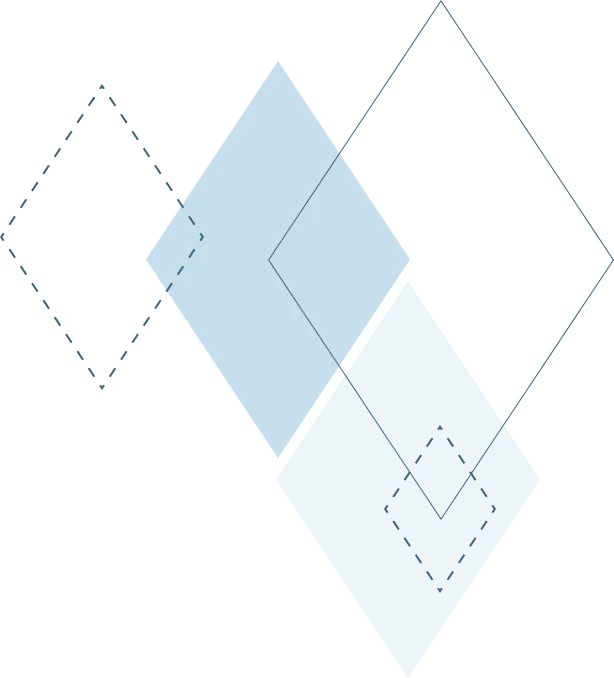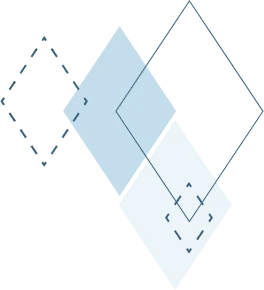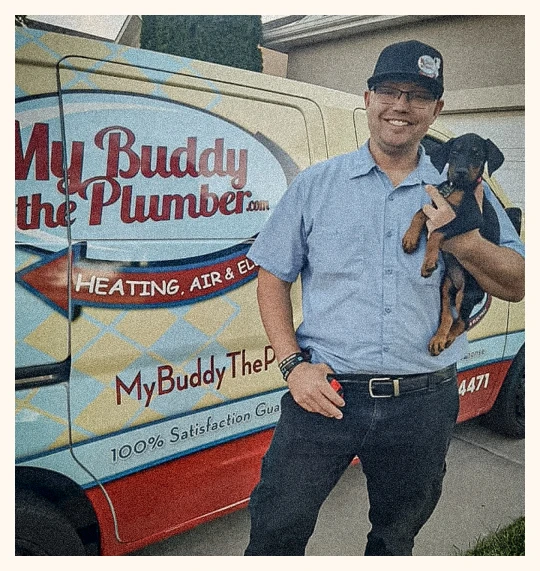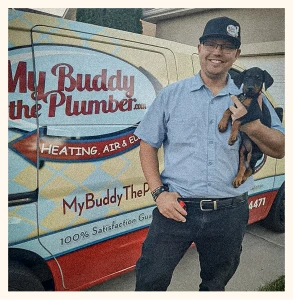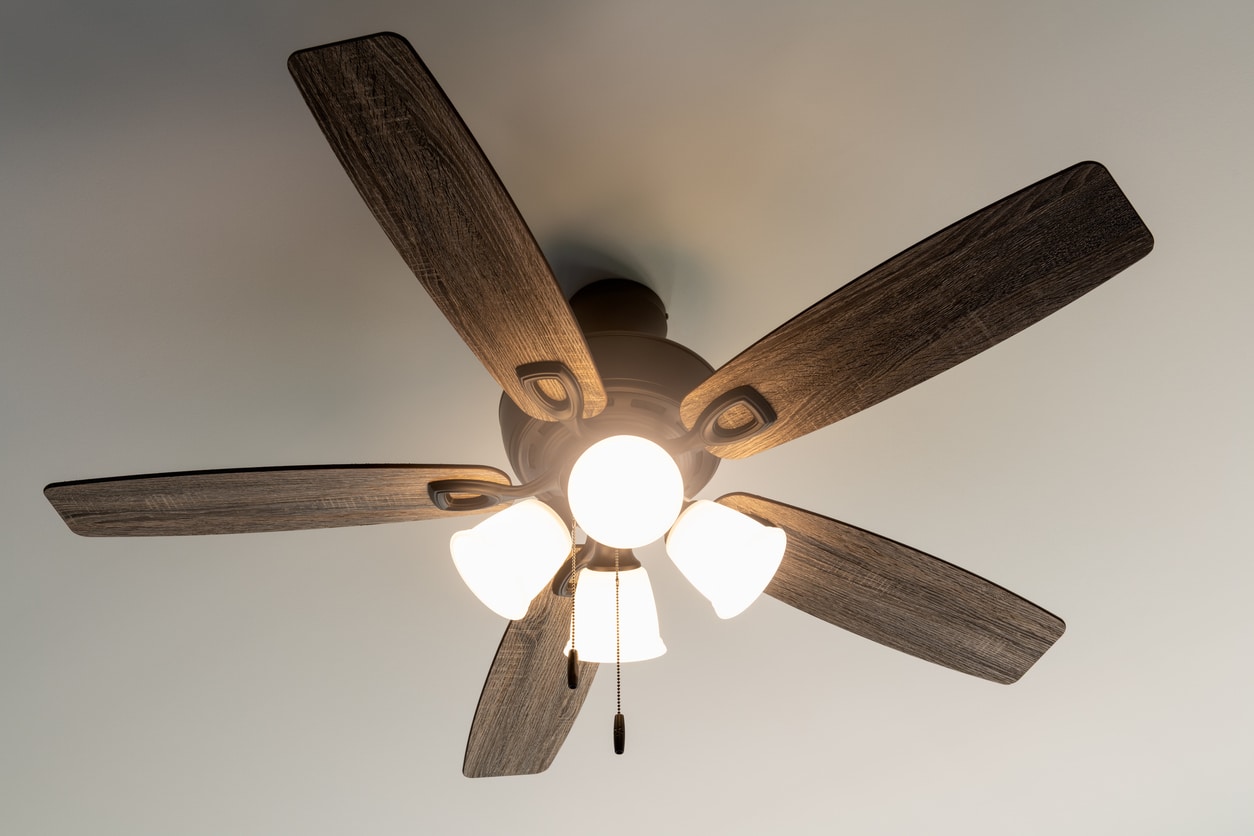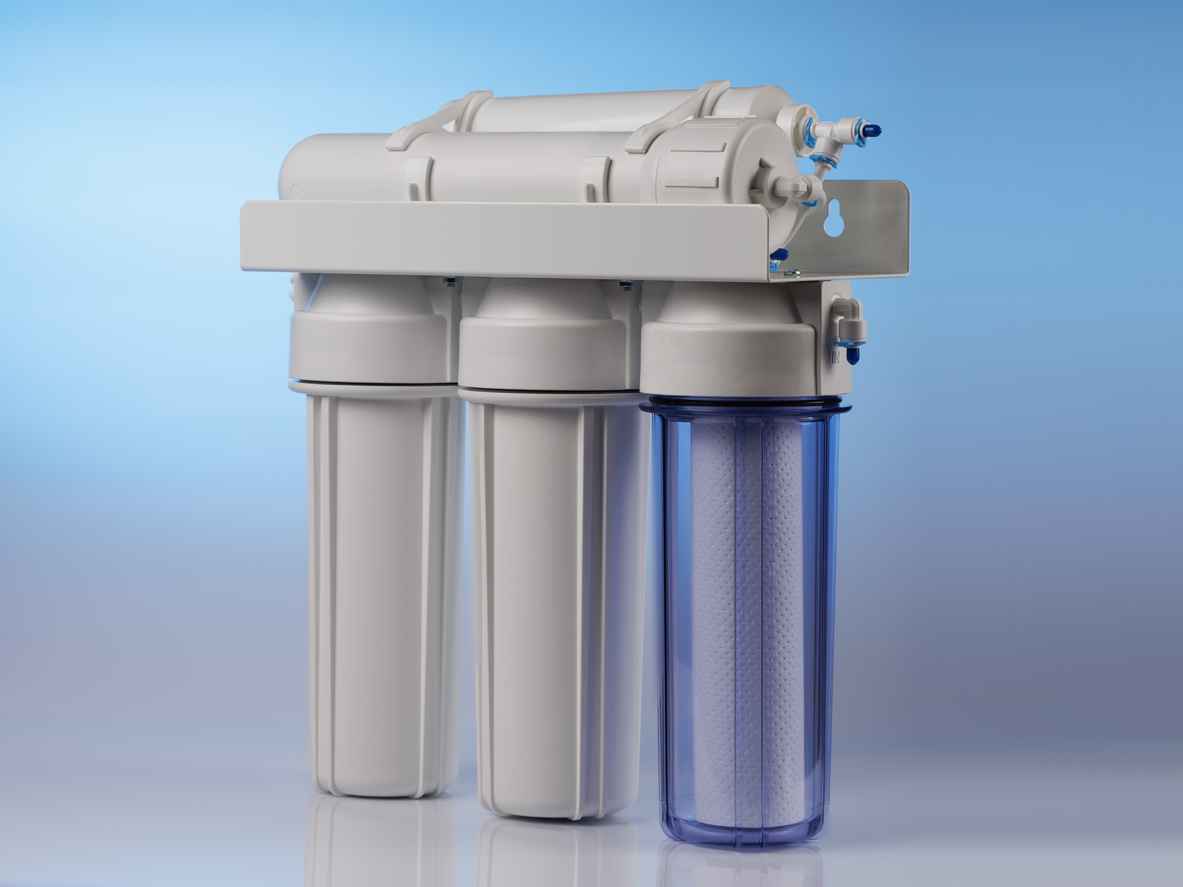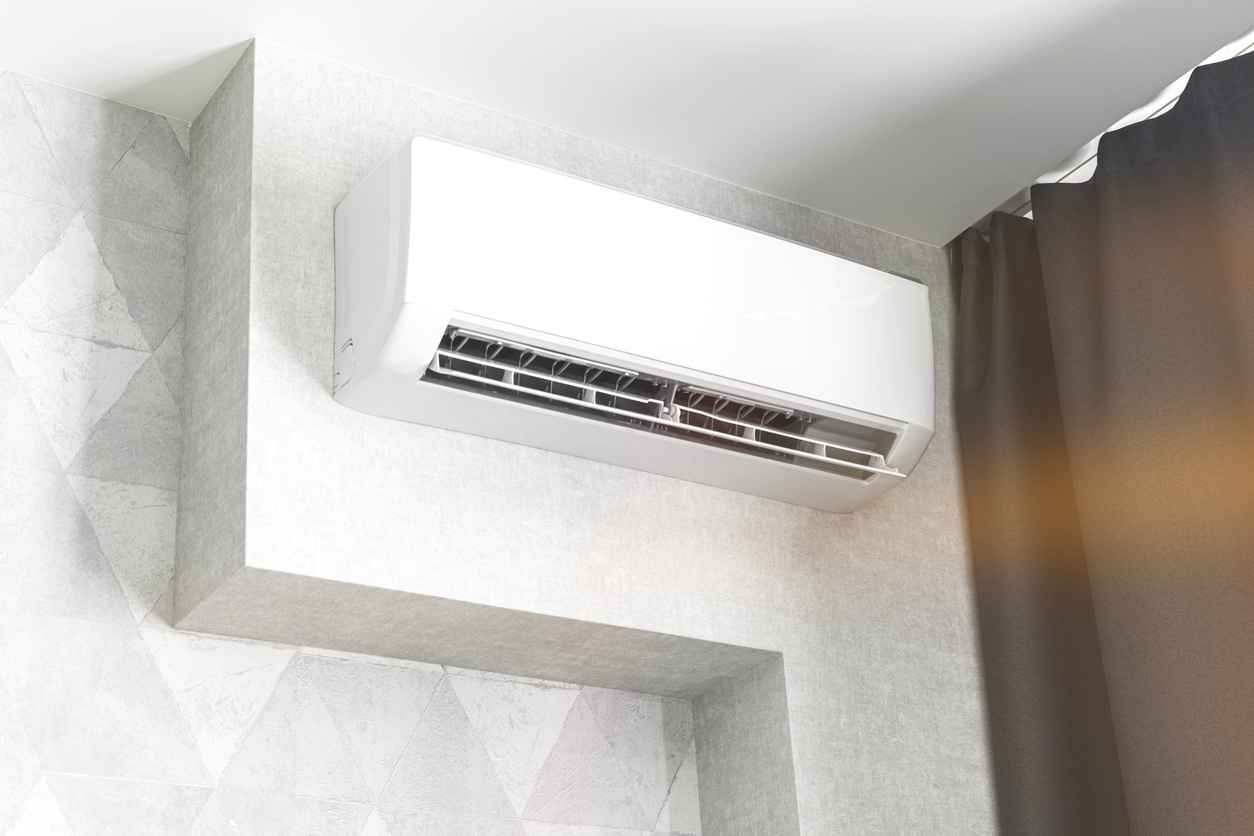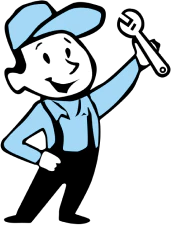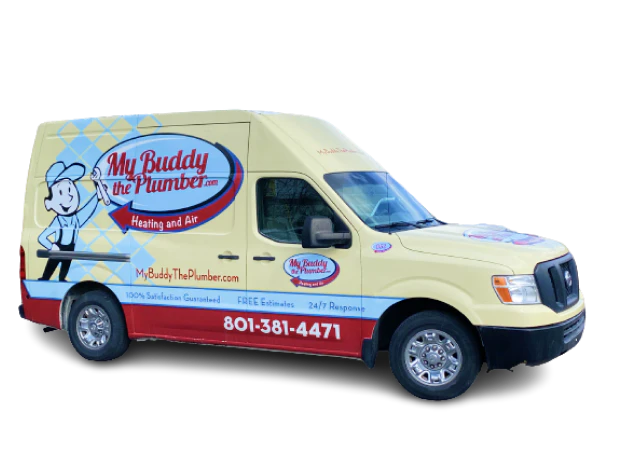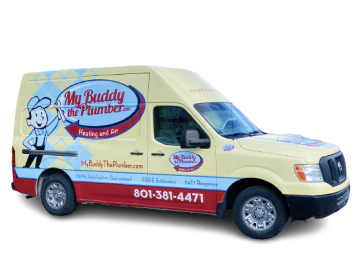Plumbing Snake Vs. Pipe Jetting for Drain Clogs
As any homeowner who has dealt with this issue in the past will be well aware, some of the costliest and highest-hassle plumbing problems that may take place in a home are those related to the main sewer line. This line, which is responsible for draining from your home into public sewer areas, can become clogged or otherwise damaged over time through several different causes, from interior blockages and buildups to the infiltration of tree roots that are in your yard near the line itself.
At My Buddy the Plumber, we’re here to help with numerous sewer line needs, from basic sewer line cleaning and clear-outs to more significant clog-clearing services, including what’s known as pipe jetting, or hydro-jetting, for significant clogs or blockages. And whether you’re dealing with a main sewer line or even some of the other primary drain lines in your home, pipe jetting is one process that’s often compared with the use of a plumbing snake, or auger. What are each of these, how do they differ, and what are the benefits and drawbacks of each? We’ll go over each of these questions here, plus some quick tips on why it’s important to utilize quality plumbing professionals for main sewer line or any other drain clogs in your home.
We’ll start out with the basic definitions and functions of each of these items.
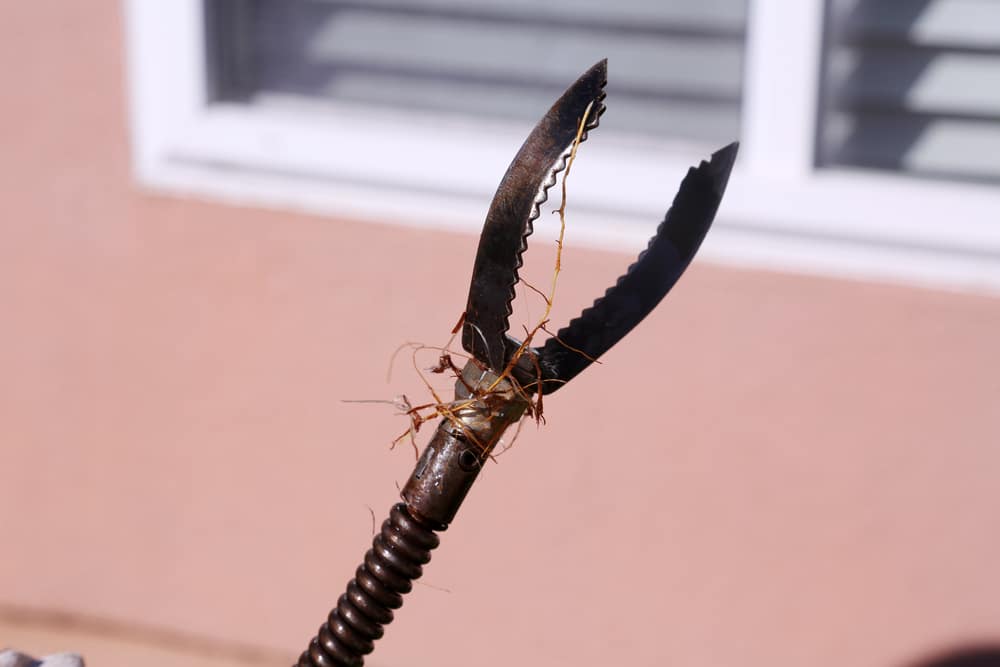
Plumbing Snake (Auger)
The plumbing snake, also known as a plumbing auger in some circles, is a physical item that’s made up of a long metal tube surrounding an inner cable. This inner cable will have some kind of an attachment, known as the auger, which is usually a blade, corkscrew or some combination therein. On the other end of the snake is a crank that’s operated by whoever is manning the auger.
When dealing with a clogged drain or sewer line, a plumbing snake will be inserted into the drain with the auger end first. At this point, the operator will be able to turn the crank from outside the drain, extending the cable further and further into the drain itself – snakes come in varying lengths, including those that are extremely long and can reach all the way down a main sewer line.
Once a clog area is reached, the crank can be turned with a bit more force. This will push the blade or corkscrew through the clog, either opening a hole in it or actually attaching it to the end of the snake and allowing it to be pulled out.
Generally speaking, a straight plumbing snake is what will be used for simpler drains in your home. For toilet clogs, a J-bend snake will be used. And for main sewer line clogs, there are larger, motorized options that are operated by a trained plumber.
Hydro-Jetting
Hydro-jetting, also known as pipe jetting (the terms are used interchangeably), is a more modern tool that’s often used for more significant drain and sewer line clogs. This method involves the use of a high-pressure hose with specialized nozzles attached to the end, plus a connection to a machine that will create even greater water pressure that can be shot into pipes with significant force.
As this is done, any buildups, clogs, hair deposits or other blockages will be forced down the drain by this powerful stream of water. In addition, the terminal nozzle end will perform similar tasks, plus will help break up and push out tree roots or other ground invaders.
In addition, hydro-jetting services will often be performed with the addition of a video camera, which can even be attached to the nozzle end and run down the drain before water is shot into it. This camera allows for specific inspection of clogs or root issues, allowing the plumber performing the jetting to identify precisely where these are and remedy them specifically.
Benefits and Drawbacks of Each
When it comes to basic drains and minor clogs in the home, plumbing snakes have long been a viable tool, and remain so today. The drain snake is gentler than hydro-jetting, meaning it’s often ideal for older or weaker pipes that might not do well with such a powerful stream of water. On the flip side, plumbing snakes are mostly designed for minor or moderate clogs – they may not be successful on larger or more significant clogs, and will only be able to clear an area as large as their tip. They may have some issues with removing the full blockage from certain drains or sewer lines.
Pipe jetting, however, is the most thorough possible format for drain and sewer line cleaning. Used for both residential and commercial needs, it creates a full clear of the clogs throughout a given drain, plus is environmentally friendly and requires no chemicals of any kind. However, hydro-jetting is not ideal for all pipes, particularly those that are older or fragile – the powerful streams of water may damage them or even directly cause leaks. In addition, while a handy homeowner can handle a simple drain snake for a minor clog, pipe jetting must be carried out by a professional plumber.
Professional Expertise
Speaking of our plumbers, another major benefit of utilizing them for these kinds of needs is their expertise. You may not be sure whether a given clog warrants a drain snake or a more involved process like hydro-jetting – but our plumbing experts will, and they will be able to recommend the idea remedy no matter the severity of your blockage.
For more on using a plumbing snake compared to hydro-jetting, or to learn about any of our drain cleaning or other services, speak to the staff at My Buddy the Plumber today.
Recent Posts
Recent Posts


Join the My Buddy Club
Easy Maintenance & Exclusive Benefits
The My Buddy the Plumber’s Club is our comprehensive maintenance membership program that will protect your home comfort systems! From an in-depth home plumbing inspection to thorough furnace and air conditioning tune-ups, the club does it all. Our team will ensure your HVAC, plumbing, and electrical systems are running safely and in top shape. Joining our club can also provide plenty of exclusive perks, such as:
- Priority service
- 10% discount on repairs
- No after-hours fees
- Peace of mind
- Matched manufacturer’s warranty
- Tank water heater flush
- Drain cleaning
- Electrical safety inspection
